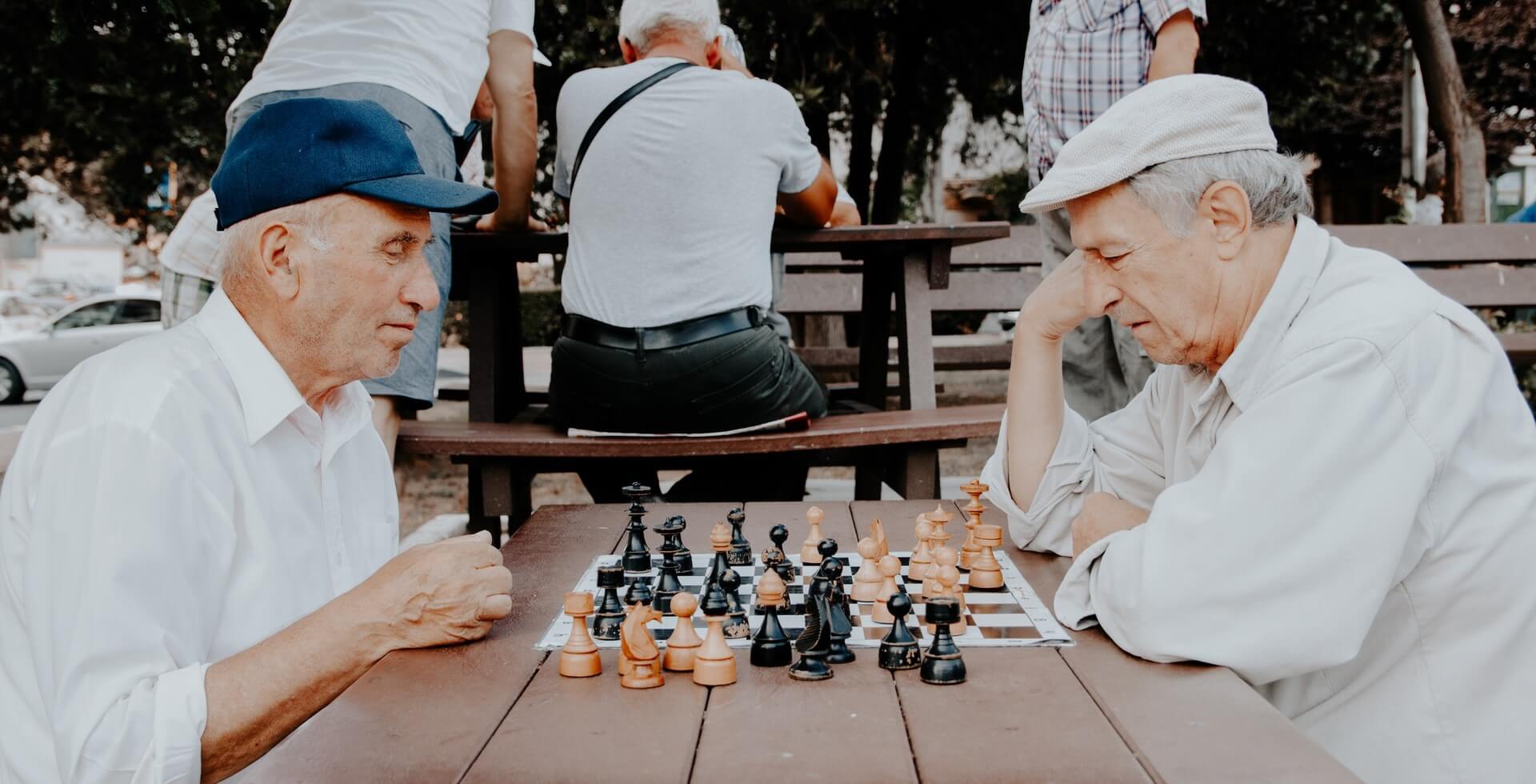Familiarizing yourself with different senior care levels is important when researching options for yourself or a loved one. Knowing the differences between the four major types of residential care will help you decide if a particular senior living community is a good fit and if it will meet your present and future needs.
Independent Living
Independent living is ideal for those who want an active lifestyle without the typical responsibilities of owning a home. Residents live in private apartments or condo-style homes on a senior living campus. Living expenses like rent, utilities, internet, cable, garbage pickup, lawn care, snow removal, and home maintenance are combined into a single monthly payment. Residents have full access to the senior living campus’s amenities and social activities and have complete freedom to set their own schedules.
Most independent living communities do not include a healthcare component. Residents who may eventually need extra help will have to pay for additional in-home care or move to an assisted living or skilled nursing facility. However, Continuing Care Communities, or “Life Plan” Communities like Sunset, provide residents with access to higher levels of care as needed. Life Plan Community residents have an extra safety net with extra care available whenever they might need it.
Key Features
- Private apartment or condo-style homes
- One monthly fee
- Most residents do not require extra help
- Medical care not typically included
- “Life Plan” or “Continuing Care” Community offer access to additional healthcare services as needed
Assisted Living
Assisted living offers a higher level of care than independent living. Residents have private, apartment-style rooms but typically require some help with activities of daily living. Meals and activities are provided, and nursing staff are on-call 24/7. Residents may spend more time in community areas and participate in group activities. Because staff are more involved with residents’ day-to-day lives, assisted living communities tend to be close-knit and homey.
Price is structured differently depending on the facility, so be sure to ask what is included in the monthly fee. Assisted living facilities are regulated by the state, so it’s always a good idea to ask about a facility’s license.
Key Features
- Private rooms or apartments
- Help with daily activities as needed
- On-call nursing staff
- Price structure depends on facility
- Check that the facility is properly licensed
Skilled Nursing
A skilled nursing facility is what people usually think of as a “nursing home”. A licensed medical staff is available for around-the-clock care, and physicians are typically on-site. Costs for long-term care are usually included in one monthly fee. Meals and activities are provided.
Skilled nursing is also used for short-term care and rehabilitation, especially if the facility is part of a Life Plan community. For example, an independent living resident may go to a skilled nursing facility after an illness or an injury. They will transition back to their independent living home when ready. Skilled nursing facilities are also licensed and regulated by the state. Skilled nursing facilities typically accept Medicare and Medicaid.
Key Features
- Around-the-clock care
- Licensed medical staff
- Long-term care, short-term care, and rehab
- Check that the facility is properly licensed
Memory Care
Memory care includes many of the same components as assisted living or skilled nursing but takes place in an environment dedicated to those dealing with memory loss. Staff members are specially trained and licensed. The facility and private rooms are secure and designed with calming spaces. Activities are specifically tailored to memory and cognitive loss.
Sunset’s patient-centered approach to memory care includes innovative programs like SAIDO Learning. Instead of relying on pharmacological treatments, residents in the SAIDO Learning program engage in simple math, reading, and writing exercises up to five times a week. Developed by the Kumon Institute of Education in Japan, the SAIDO Learning program at Waterford Place is one of a few licensed programs in the United States.
Key Features
- Dedicated spaces for those battling memory loss symptoms
- Secure facility
- Trained staff and specialized activities
Rules of Thumb for Researching Senior Living Options
Finding the right community and care level isn’t always easy. Here are a few rules of thumb to help you find senior care to fit your needs or a loved one’s needs.
- Ask about a facility’s licensure
- Ask for specifics on services and activities included in the monthly fee
- Ask if tours are available; if in-person visits are limited, visit the community’s social media pages and YouTube channel to get a feel for the atmosphere
- Look for online reviews
- Ask your local community for recommendations and look for current residents or family members who may be willing to relate their experience
Your Senior Living Journey
We created a senior living guide to help you navigate some of the financial aspects of senior living. The guide walks you through the main levels of care, how to access care, how to pay for care, and the unique benefits of a Life Plan Community like Sunset. Follow this link to download your free copy of the guide.
About Sunset
As one of the largest Christian-based nonprofit organizations in West Michigan, Sunset provides trusted, high quality senior care and living facilities. With options for independent living, assisted living, memory care, and in-home care we are proud to offer nurturing environments to fit a variety of lifestyles and needs.
